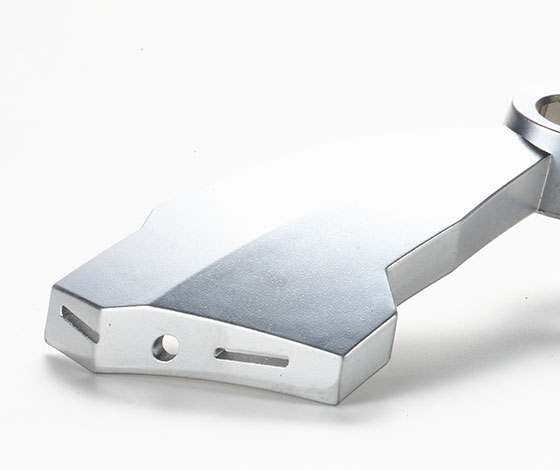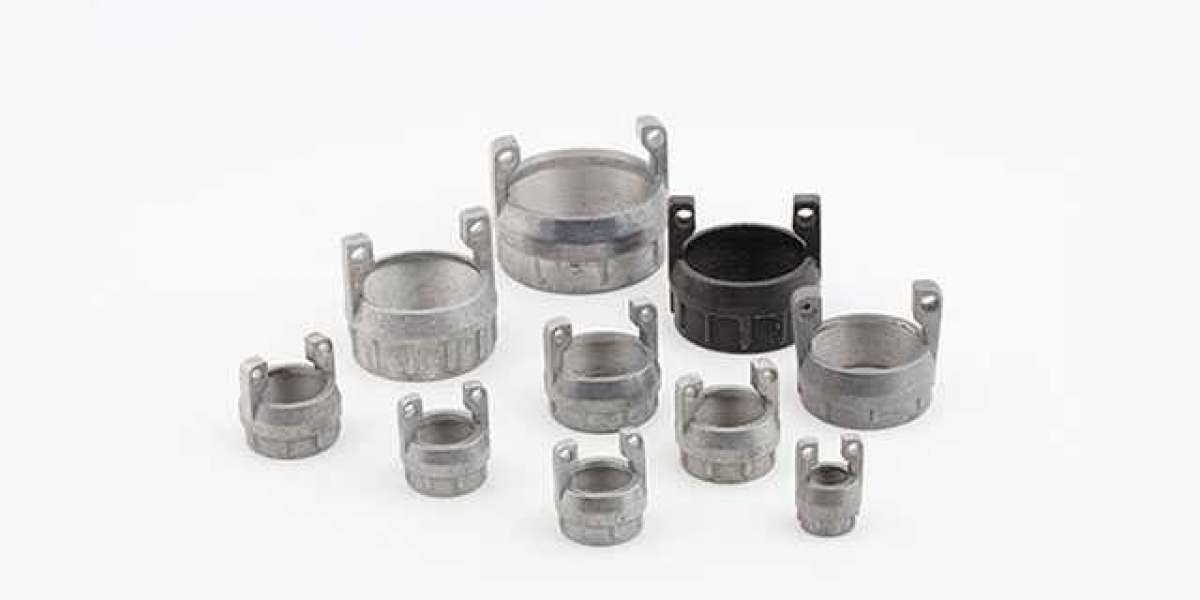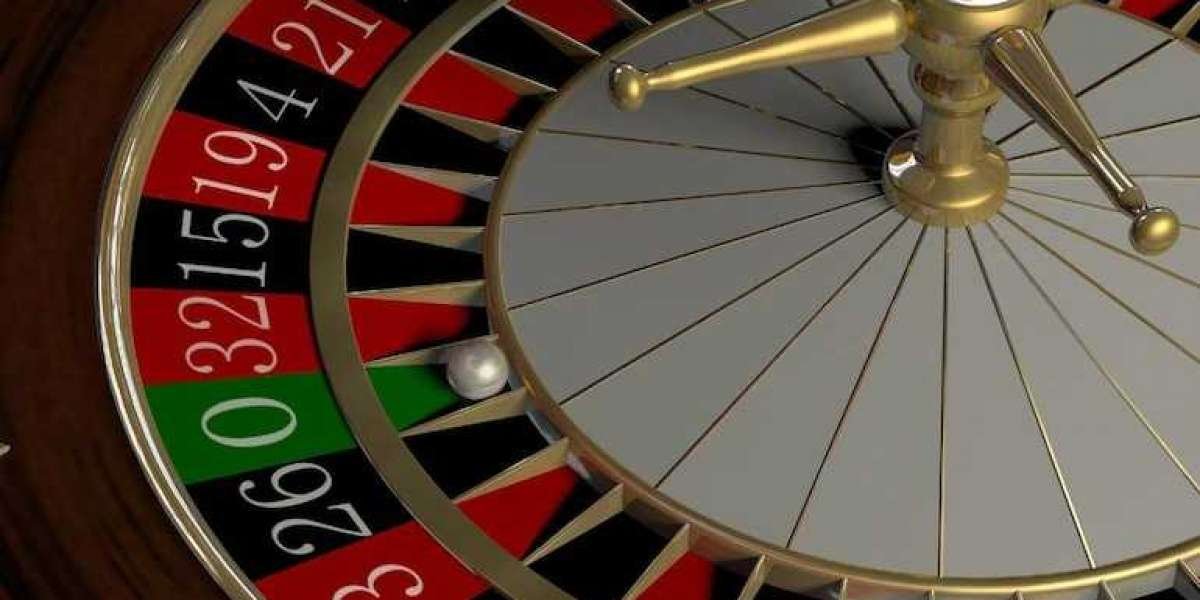When it comes to producing prototypes and models for our clients, we at diecasting-mould are experts in the field. We can accomplish this through a variety of methods, which we will discuss in greater detail below. Sand aluminum die castings is one of the most commonly used methods of producing prototypes at XYZ Manufacturing, and it is one of the most expensive. No matter if you are looking to eliminate product design flaws, simulate die-cast parts before investing in machining, or produce anywhere from one to five hundred thousand castings per year with the assistance of our experts, we can assist you.
A large part of this is due to the large number of popular YouTube videos that have gone viral and are now being shared on social media, but the process itself is quite complex. For example, you may be unaware that there are three different types of sand that are used in sand casting operations, which you may not be aware of at all. Identifying the appropriate time to use each type of sand, as well as the reasons why each type of sand is used when applied to specific situations, is critical.
There are three different types of sand that can be used in sand casting, and this blog post will go over why each type of sand is used, as well as the different situations in which each type of sand is used.
So, what exactly is sand casting, and how does it work? Read on to find out.
Non-ferrous metal casts are made using a technique known as sand mold casting, which is a type of non-ferrous metal die casting technique. Heat is applied to the metals until they become liquid, after which they are poured into an empty sand mold that has been previously prepared for them. While it appears to be a relatively new technique in nature, this is not the case. Because it is an extremely technical procedure, sand aluminum casting has been around for nearly 6,000 years and has only undergone a few minor refinements during that time period.
Some people enjoy sand die casting as a recreational activity, but at Protocast Inc., we provide professional custom die casting and prototype manufacturing services to businesses that require precision-made casts to be produced in a professional setting. Contact us today to learn more about our services.

When it comes to the process of sand casting, there are three types of sand that are used.
Sand that has been colored and has a green appearance
Wet sand, also known as clay, is a type of wet sand that has been compacted in a mold after being placed in it and allowed to dry while the mold is being packed down. When it comes to casting, green sand has a distinct advantage over other types of sand due to the fact that it is still in its uncured state when the metal is poured into it. This is due in part to the fact that green sand has the ability to be recycled, making it a more cost-effective alternative to other sand aluminum casting materials due to its ability to be recycled.
While wet sand is extremely inexpensive to use due to its unstable nature, it has the potential to shift or collapse during the aluminum die casting process, making it an unsuitable material for this application. This means that the cost-effectiveness of this sand zinc alloy die casting method outweighs the risk of the cast shifting, indicating that it is a viable method of prototyping that will not be phased out in the foreseeable future.
It is also referred to as Water Glass Sand. Sodium Silicate Sand is a type of sand that is composed primarily of sodium silicate.
An additional chemical compound that is frequently used in the production of castings is sodium silicate. A few seconds is all it takes for sodium silicate to transform from a liquid to an immobile solid when it is exposed to carbon dioxide. The fact that it is one of a kind distinguishes it from other substances. For cavity zinc alloy die casting supplier projects, the most significant advantage of using sodium silicate die casting defects causes and solutions is that the material is particularly well suited for such applications, as previously stated.
In spite of the fact that sodium silicate is extremely durable, it is necessary to combine it with other materials in order to ensure that the cast can be broken down and the core can be extracted from it. It is possible that the cast will become ineffective and useless if the materials are not properly mixed.
Resin sand is a type of sand that is composed primarily of a resin-based material.
A smooth surface finish is achieved as a result of heating the resin, which solidifies as a result of heating. The use of resin sand in castings can be advantageous in the production of a finished cast surface that is flawless and free of imperfections when finished castings are desired. Resin sand is known to be significantly more expensive and time consuming than green sand and sodium silicate, despite the fact that it produces the highest quality casts. Resin sand is also known to be significantly more expensive and time consuming than green sand and sodium silicate, both in terms of price and time. Silicate sand molds are the most widely used type of mold in the industry when the quality of the cast must be absolutely flawless. They are also the most expensive.



